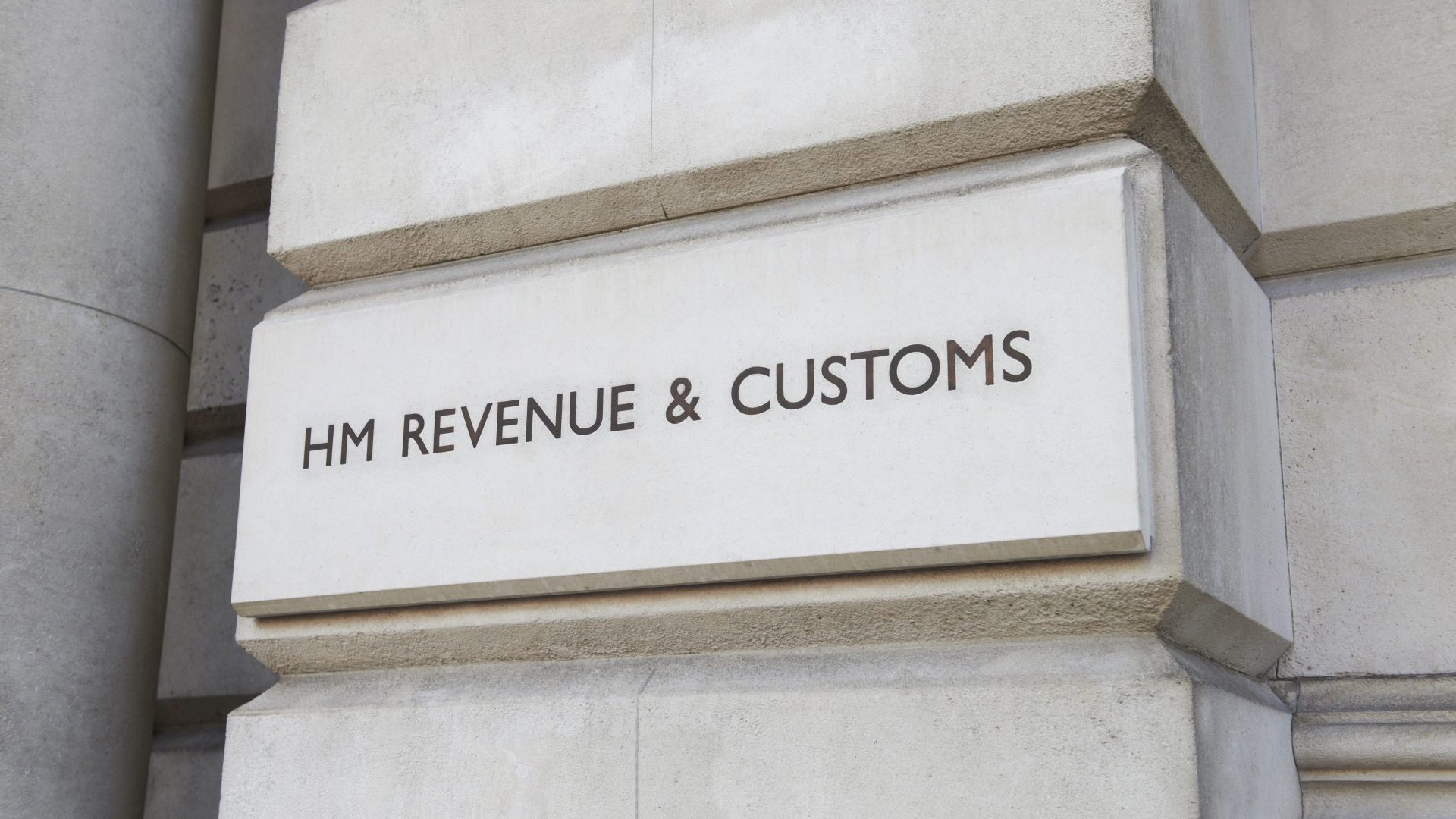It always seems strange that politicians go on and on about the headline rate of taxation, and whether or not they can afford to cut it by a penny or so. The starting rate of income tax is 20% and that nice round figure gets all the attention. But it shouldn’t.
For a start, many millions of people don’t earn enough to pay tax, so cutting the base rate or even the higher rate does nothing for them. Therefore any politician telling you that they are cutting the headline tax rate to “help the poor” is lying. The poor are so poor they don’t pay any tax.
But for the rest of us, the headline rate is less of an issue than the chancellors of the last 50 years or so would have you believe. What matters is the amount at which you start paying tax and when the amount at which you start paying higher tax.
Currently, you start paying tax at 20% after you have earned £12,570 tax-free. You start paying 40% tax at about £50,000.
Few people understand or care about that number, but they should. Because merely by freezing the tax bands, so they don’t rise when wages do, the government brings in billions and we pay much more tax.
New research by the Institute for Fiscal Studies makes the point only too well. It has found that “By 2027–28 the number of people paying income tax at 40% or above will reach 7.8 million – that’s one in five taxpayers and one in seven of the adult population – a near-quadrupling of the share of adults paying higher rates since the early 1990s.”
As the IFS quite rightly point out this is a “seismic shift”. It has worked out that in the 1990s “essentially no nurses and just one in 16 teachers paid higher-rate tax, by 2027–28 more than one in eight nurses and one in four teachers are set to be higher-rate taxpayers.”
This is not because nurses and teachers are being paid well, they aren’t, it is because the chancellor has introduced a six-year tax allowance freeze, which is apparently the biggest single tax rise since Geoffrey Howe doubled VAT in 1979. That VAT increase also came with freezes in tax allowances during another time of high inflation; which helps explain why tax actually rose under Margaret Thatcher.
These new tax rises will compound the pain felt by those whose wages are not keeping up with inflation, with as much as a third of the fall in household incomes this year coming from this hidden tax rise alone. Remember that in 1991, only 3.5% of UK adults paid the higher tax rate, this year it is 11% and by 2027 it will be 14%.
For the higher rate tax band to catch only as many people as it did in 1991 it would have to start at £100,000, pretty much double what it is now.
The tax system is now heavily weighted towards taxing the not-very-wealthy in the way we used to only tax the very wealthy.
And that is here to stay.










